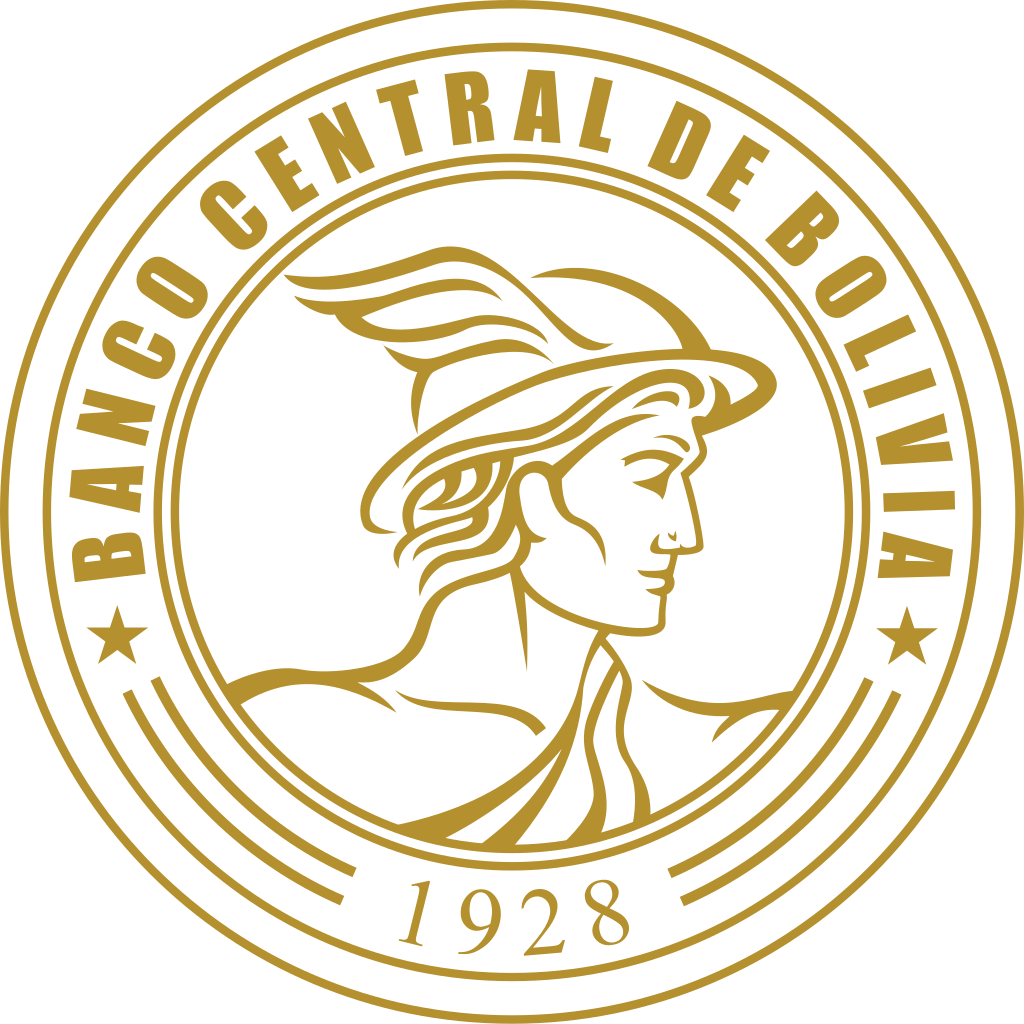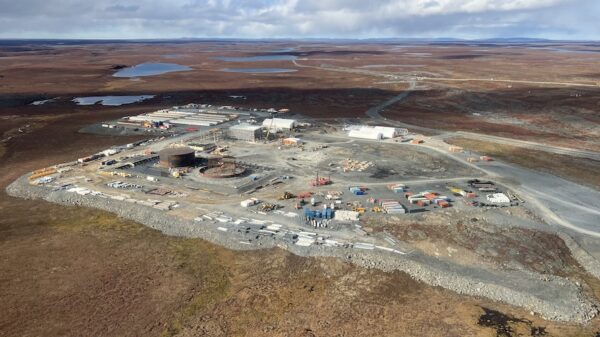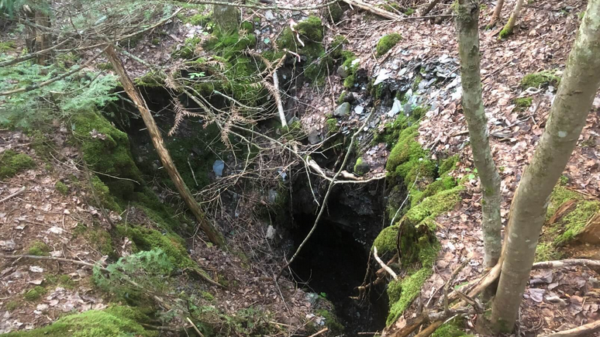The Government of Bolivia has come under fire for its practice of having its own Central Bank buy its domestically produced gold, with allegations by opposition lawmakers indicating that the practice could theoretically constitute gold laundering.
Finance Minister Marcelo Montenegro told reporters on Thursday that the central bank is still careful in that it requests all necessary documentation to guarantee the gold’s legality.
Montenegro said the bank has met all traceability requirements, enabling it to purchase and refine more than 18 metric tons since May 2023, when a law to strengthen foreign reserves was enacted. Last year alone, it refined 14.5 tons worth USD$1.3 billion at current prices.
Growing mining activity in Bolivia’s Amazon region and record-high gold prices have drawn attention to the central bank’s purchases. Last November, opposition lawmaker Andrea Barrientos alleged that state-owned trader EPCORO bought illegally produced metal, which then found its way to the bank.
Mining Ministry data show that cooperatives produce 99.5 per cent of Bolivia’s gold, although some politicians, including former Deputy Mining Minister Hector Cordoba, along with analysts and consultants, have said that most operate without permits.
The Bolivian central bank has effectively met foreign obligations and financed fuel imports by buying and selling locally produced gold, according to the finance minister, with 39 tons sold for those purposes.
Before the government introduced the May 2023 law, Bolivia held 43 tons of gold reserves. By last December, reserves had fallen to the 22-ton minimum requirement. However, that could soon change after a Jan. 1 government decree allowed the central bank to use remaining reserves as collateral for new loans or credits.
Read more: Calibre Mining needs skilled crew for Valentine, prepares to host Newfoundland open house
Read more: Calibre Mining drilling at Leprechaun finds 30% more gold than 2022 projections
Several countries have used gold to meet requirements
Bolivia isn’t alone in this practice, either.
Several countries have used their gold reserves to meet foreign obligations. Some of these include financing imports, securing loans, or handling currency instability or sanctions. Bolivia’s recent decision to use gold as collateral for new loans follows similar strategies employed by Venezuela, Turkey, Argentina, India, and Russia.
Venezuela has repeatedly leveraged its gold reserves to secure international financing.
In 2016, the country used gold as collateral for a USD$1.7 billion loan from Deutsche Bank, and in 2019, the Bank of England refused to release USD$1.2 billion worth of Venezuelan gold amid political disputes over Nicolás Maduro’s government. As U.S. sanctions cut off access to conventional financing, Venezuela increasingly relied on gold swaps and sales to sustain its economy.
Turkey has actively managed its gold reserves to stabilize its currency and meet foreign exchange obligations. The Turkish central bank has allowed commercial banks to hold gold as part of their reserve requirements, a policy that has helped maintain liquidity during financial turbulence. During the country’s economic struggles in 2022, Turkey ramped up gold imports and sales to support the lira and bolster reserves.
Argentina has a long history of using gold reserves to secure credit and stabilize its financial system. During economic crises, the country has sold or pledged gold to obtain emergency funding. In the early 2000s, Argentina’s central bank sold gold to meet foreign debt payments. More recently, as inflation and currency devaluation worsened, Argentina increased its gold holdings as a hedge against financial instability.
Read more: Calibre Mining’s mineral resource estimate in Talavera gives reasons for optimism
Read more: Calibre Mining demonstrates gold standard for principled mining
Gold is commonly used to evade sanctions or pay debt
India famously used its gold reserves as collateral for emergency loans in 1991 when it faced a balance of payments crisis. The country pledged 67 tons of gold to secure USD$2.2 billion in loans from the International Monetary Fund and foreign banks, preventing a default. This move helped India liberalize its economy, leading to long-term growth and financial stability.
Russia has strategically accumulated gold reserves to reduce reliance on the U.S. dollar and mitigate the impact of Western sanctions. Since 2014, Russia has aggressively increased its gold holdings, using them to settle international transactions and support the ruble during financial instability. The country also explored using gold in trade agreements with China and other partners to bypass Western financial systems.
Bolivia’s decision to use its gold reserves as collateral aligns with these historical examples, particularly those of Venezuela and Argentina. While this strategy can provide short-term relief, it also carries risks, such as depleting reserves or limiting monetary policy options if external debt grows unsustainable.
.
joseph@mugglehead.com













